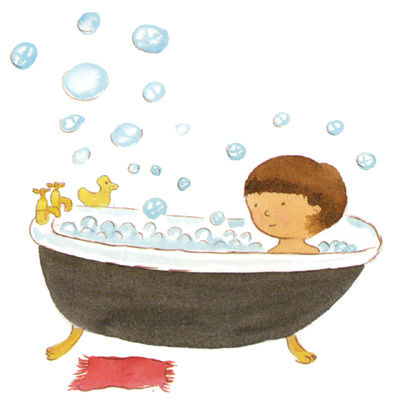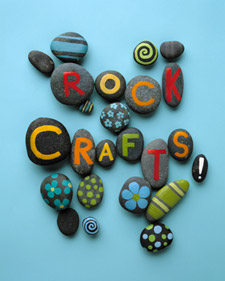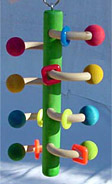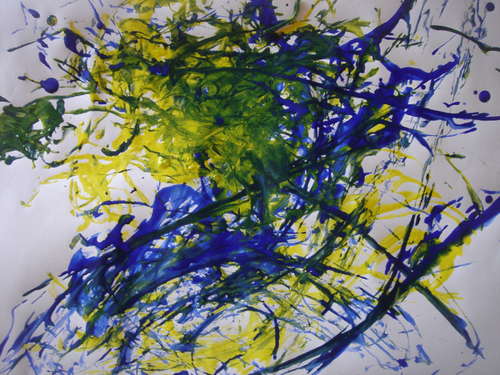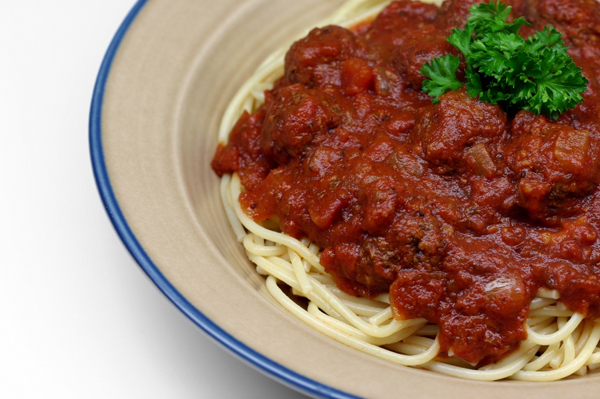Turn your child into a bean counter! Put dried beans into a cup. Now ask your child to take them out of the cup, counting as he or she goes. When the cup is empty, fill again, this time with another amount. Repeat as many times as you like. For added fun, glue the beans on a piece of construction paper to form the numbers counted. NOTE: Be extra-vigilant with supervision when using beans. They are small and can be a choking hazard.
Â
Bean Mosaics
Â
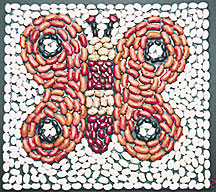
glue
paintbrushes
cardboard or any sturdy backing
dry beans (kidney, black beans, peas, lentils etc.) of different colors and sizes
pencils
Â
Draw a simple shape or figure on the cardboard. Keep the details down to a minimum. Simple is good for this project. Â Paint glue in a small portion of the design. Note: Do not use too much glue if your cardboard is not sturdy. It will curl. Â Place beans of different colors in the portion with glue. Â Repeat for the entire picture. The result is quite beautiful.
Â
Â
Bean Chowder
Â
1 1/3 cup Split Green Peas
1 cup Navy Beans
2 Bouillon Cubes
7 cups Water
4 stalks Celery (chopped)
3 Carrots (chopped)
2 Onions (chopped)
1/2 Cabbage (small, chopped)
3 tablespoons Oil
1 teaspoon Salt
1 can Tomatoes (chopped)
1/4 teaspoon Ground Pepper
2 cloves Garlic
Â
Cook the beans and the lentils in the water in a large pot for about 1 1/2 hours. Towards the end, add the bouillon cubes. Sauté all the vegetables in the oil for a few minutes, then chopped tomatoes along with the juice and simmer for 20 minutes. When the beans are very tender, add the vegetables, simmer for a bit, adjust taste with salt and pepper.







